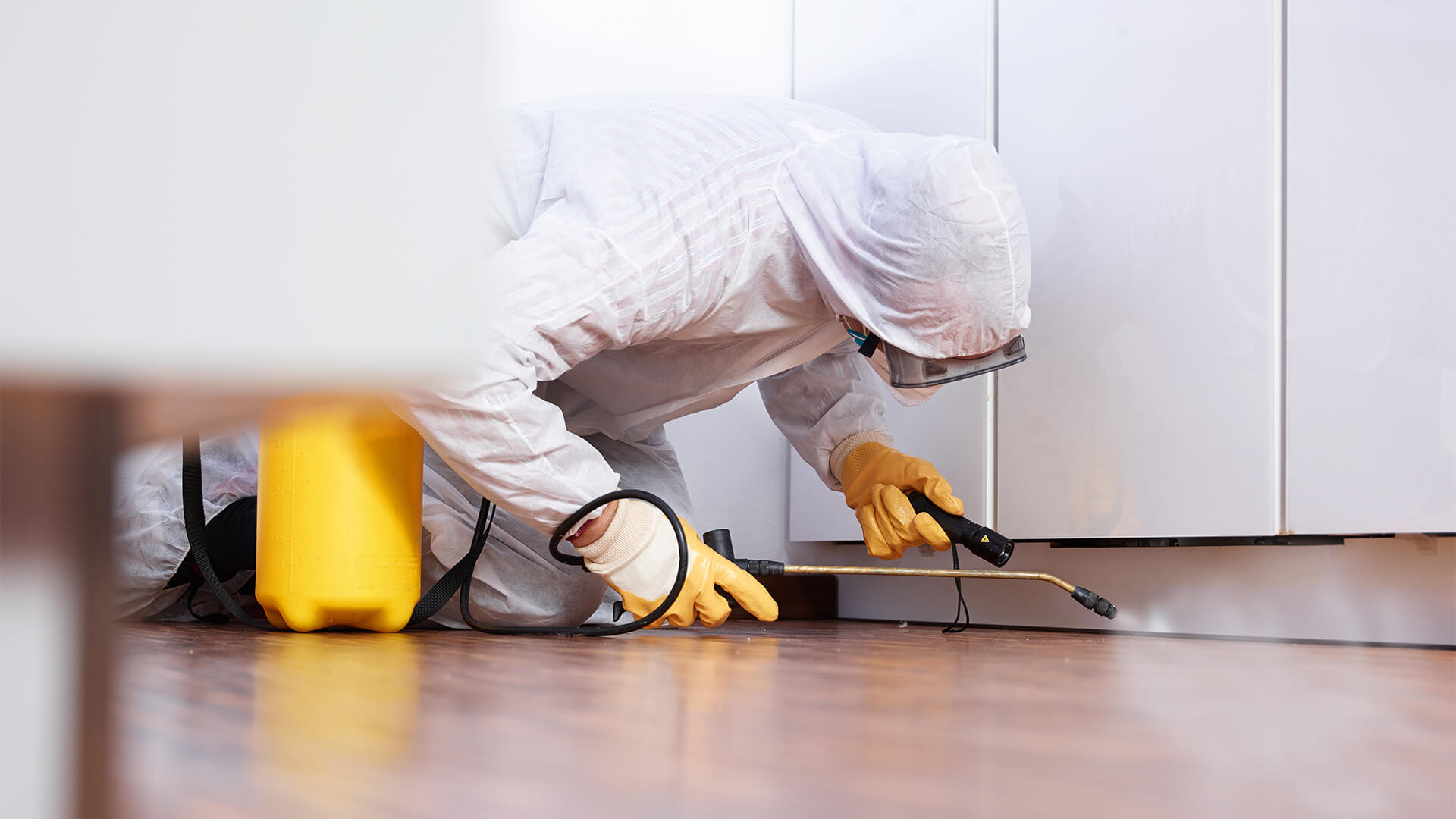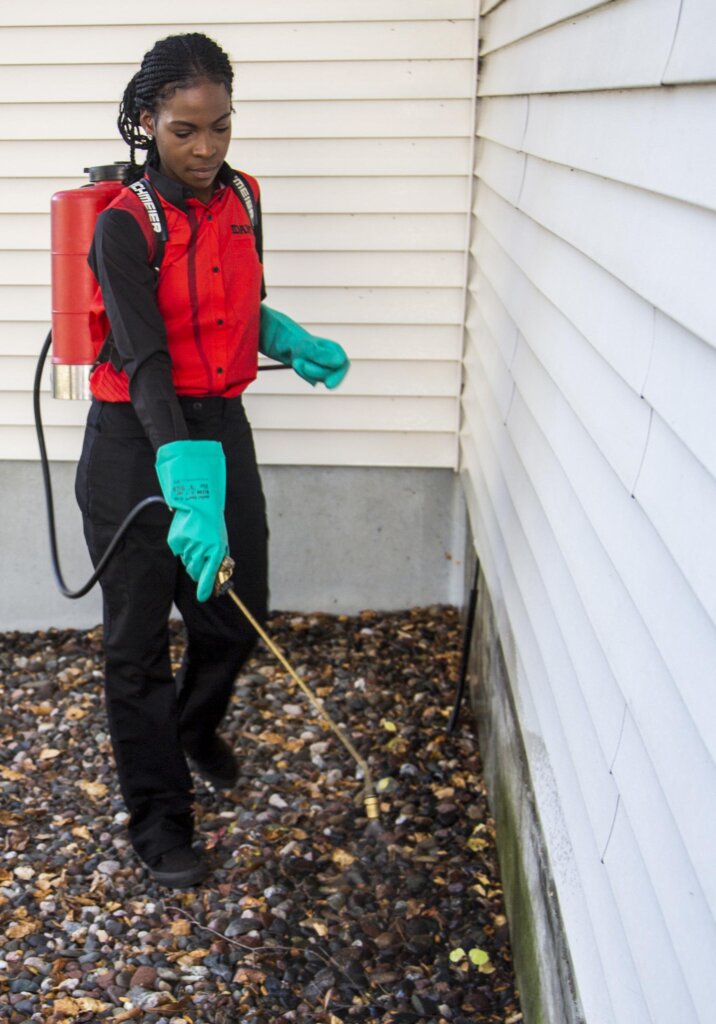Choose expert Pest Control to achieve a pest-free home.
Choose expert Pest Control to achieve a pest-free home.
Blog Article
Eco-Friendly Parasite Control Approaches for Managing Wildlife in Urban Locations
Urban areas often locate themselves at the junction of human task and wildlife, leading to one-of-a-kind difficulties in bug monitoring. These approaches not just protect the environment however additionally improve neighborhood interaction in wild animals management. As city populaces proceed to grow, recognizing the dynamics of wildlife interactions ends up being increasingly essential.
Recognizing Urban Wildlife Characteristics
Comprehending Urban Wildlife Characteristics is important for creating efficient and environmentally friendly bug control strategies. Urban locations are progressively becoming habitats for various wild animals varieties, driven by aspects such as habitat fragmentation, food accessibility, and human infringement. Acknowledging these characteristics permits a nuanced method to pest management that straightens with environmental principles.
Urban wildlife frequently includes types such as raccoons, squirrels, and birds, which adapt to city settings, finding specific niches in green rooms, parks, and even domestic areas. Their existence can lead to conflicts with humans, especially when they exploit human sources for food and sanctuary. Understanding the behaviors and environmental functions of these types educates techniques that decrease adverse communications while promoting biodiversity.
In addition, recognizing the interdependencies within urban ecological communities assists in recognizing vital locations for habitat preservation and repair. This expertise adds to the advancement of integrated bug administration (IPM) strategies that think about the ecological balance, consequently decreasing reliance on unsafe chemicals. By promoting coexistence between human beings and urban wild animals, cities can develop healthier environments that benefit both homeowners and local ecological communities, leading the way for lasting metropolitan living.
Natural Repellents and Deterrents
All-natural repellents and deterrents provide a lasting option to standard parasite control methods by using the power of nature to keep undesirable varieties at bay. These green remedies generally make use of plant-based ingredients, essential oils, and other normally occurring materials that discourage parasites without harming the setting.
One reliable all-natural repellent is peppermint oil, which is recognized to repel rodents and bugs. Its strong aroma is unpleasant to many insects, making it a preferred choice for city settings. Vinegar and citrus peels can offer as deterrents, as their solid odors are normally unappealing to different wildlife.
In addition, diatomaceous planet is an all-natural powder that can be spread out in areas vulnerable to parasite activity, successfully dehydrating and deterring pests without posturing risks to non-target types. Moreover, garlic sprays and neem oil are acknowledged for their capacity to ward off a vast array of insects, consisting of both insects and larger wildlife.
Implementing these all-natural repellents not only reduces reliance on chemical pesticides yet also advertises a healthier urban environment, cultivating a much more well balanced coexistence in between humans and wildlife. By making use of these methods, metropolitan locations can efficiently manage pest populations while minimizing ecological impact.
Habitat Modification Methods
Effective environment alteration methods play a vital duty in sustainable pest monitoring by altering the atmosphere to make it much less conducive to pest invasions. By understanding the environmental characteristics of metropolitan locations, homeowner can implement tactical alterations that hinder bugs while promoting biodiversity.
(Gopher Control)One key method includes maintaining appropriate hygiene. This includes routine waste elimination, securing trash bins, and eliminating standing water to minimize reproducing websites for insects and rats. In addition, landscape design methods such as picking indigenous plants can boost environmental equilibrium, providing environments for advantageous microorganisms while lessening resources for parasites.
One more important approach is to secure entrance factors in buildings. Examining and fixing splits in structures, walls, and home windows can significantly lower insect accessibility. Creating physical obstacles, such as fencings or plant barriers, can prevent wild animals movement right into human-inhabited locations.
Integrated Bug Management Practices
Structure upon environment alteration strategies, incorporated insect management (IPM) methods offer an alternative technique to controlling pest populations while lessening ecological influence. IPM integrates different strategies, consisting of organic, social, mechanical, and chemical controls, to attain reliable bug administration.
Biological control involves the introduction of all-natural predators or parasites to minimize parasite populaces. Social practices, such as plant rotation and cleanliness, interfere with pest life cycles and diminish their environments - Pest Control. Mechanical controls, like traps and barriers, give instant relief from parasite stress without chemical treatment
Chemical controls are utilized as a last hope, focusing on targeted applications that restrict damage to non-target species and the atmosphere. The option of eco-friendly chemicals, when necessary, is important to the IPM structure. Additionally, keeping an eye on bug populaces and assessing potential damage helps inform decision-making, guaranteeing that treatments are prompt and efficient.
Area Participation and Education And Learning

(Carpenter ant control Port Charlotte)Workshops and informative sessions can equip homeowners with understanding concerning indigenous types, environment preservation, and reliable safe bug management strategies. Collaboration with institutions, local companies, and federal government firms further boosts instructional outreach, making certain that important details reaches varied audiences.
Moreover, community-led campaigns, such as neighborhood clean-up days and habitat reconstruction tasks, not just promote biodiversity but additionally reinforce community connections. Pest control service. By motivating citizens to share their experiences and observations, areas can create targeted methods that resolve specific neighborhood bug problems
Incorporating responses from homeowners right into parasite management intends makes it possible for a more receptive and adaptive strategy to wildlife challenges. Ultimately, educated and engaged neighborhoods are crucial to accomplishing lasting success in environmentally friendly pest control, bring about much healthier metropolitan settings that value both human and environmental needs.

Conclusion
In final thought, green bug control comes close to deal lasting options for handling metropolitan wild animals. By focusing on environment alteration, making use of all-natural repellents, and applying incorporated parasite monitoring practices, neighborhoods can cultivate a harmonious coexistence with local animals.
Report this page